KAIST
BREAKTHROUGHS
Research Webzine of the KAIST College of Engineering since 2014
Spring 2025 Vol. 24Dynamic battery degradation in shared autonomous electric vehicles
Researchers at KAIST have developed an optimization framework for SAEV systems that incorporates dynamic battery degradation models while also significantly lowering operational costs by accounting for battery degradation and enhancing driving performance and sustainability through reduced greenhouse gas emissions.
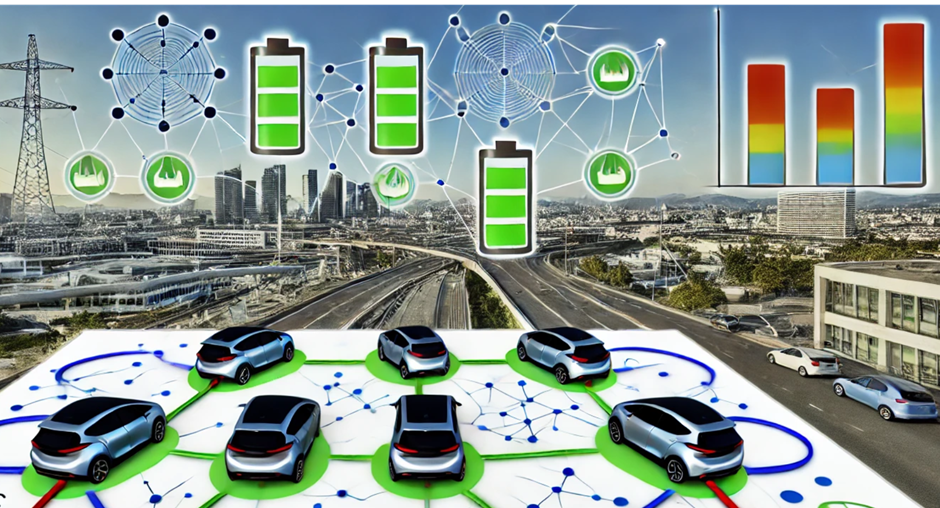
Researchers at KAIST have developed a pioneering framework for designing and optimizing shared autonomous electric vehicle (SAEV) systems, effectively addressing the critical issue of battery degradation under varying load conditions. This innovative approach, led by Dr. Ungki Lee, Dr. Namwoo Kang, and Dr. Yoon Koo Lee, integrates dynamic battery degradation models to enhance the performance, longevity, and cost-effectiveness of SAEVs.
Challenges in SAEV Systems
SAEVs, which combine electric vehicles with autonomous driving technologies and car-sharing services, are poised to revolutionize future transportation. However, battery degradation remains a significant challenge, affecting both performance and efficiency. Frequent charging cycles, extreme temperatures, high C-rates, and deep discharges accelerate battery wear, impacting the overall viability of SAEVs.
Innovative Framework for Optimization
To tackle these issues, the research team proposed a semi-empirical method capable of predicting battery capacity changes based on the temperature, C-rate, cycle number, and depth of discharge (DOD). By incorporating these dynamic factors into the design framework, the study provides more accurate assessment and optimization approaches for SAEV systems.
The framework identifies the DOD limit and charging power as key design variables. Scenario analyses reveal that considering battery degradation and optimizing these variables can significantly reduce costs. Specifically, the study found a 51.3% reduction in the total cost when battery degradation was factored into the design, compared to scenarios where it was not considered.
Key Findings and Implications
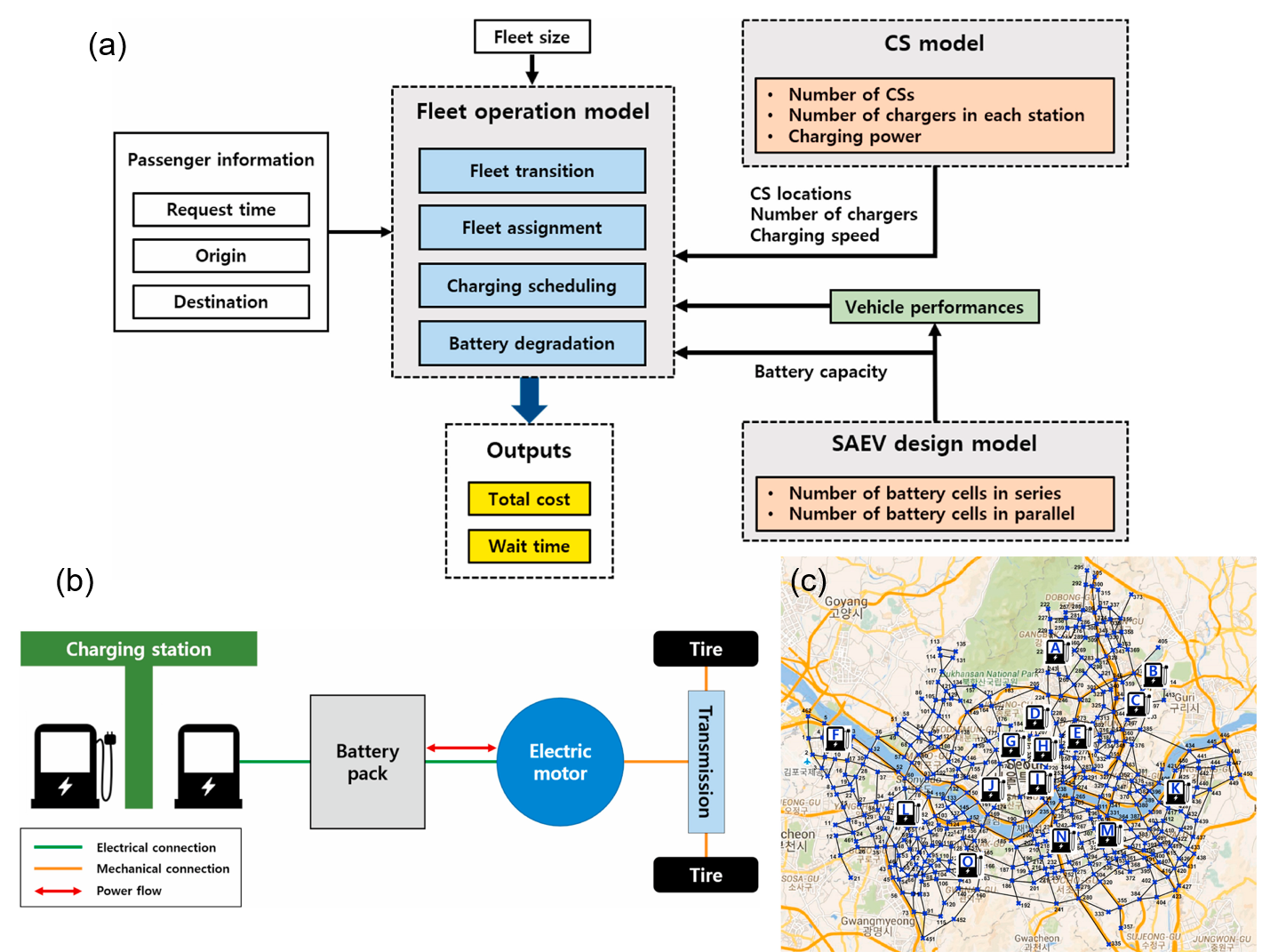
1. Impact of the DOD Limit and the Charging Power: The charging power was found to have a greater impact on battery degradation than the DOD limit. Reducing the charging power lowered battery degradation rates, thus extending the life of the battery and reducing replacement costs.
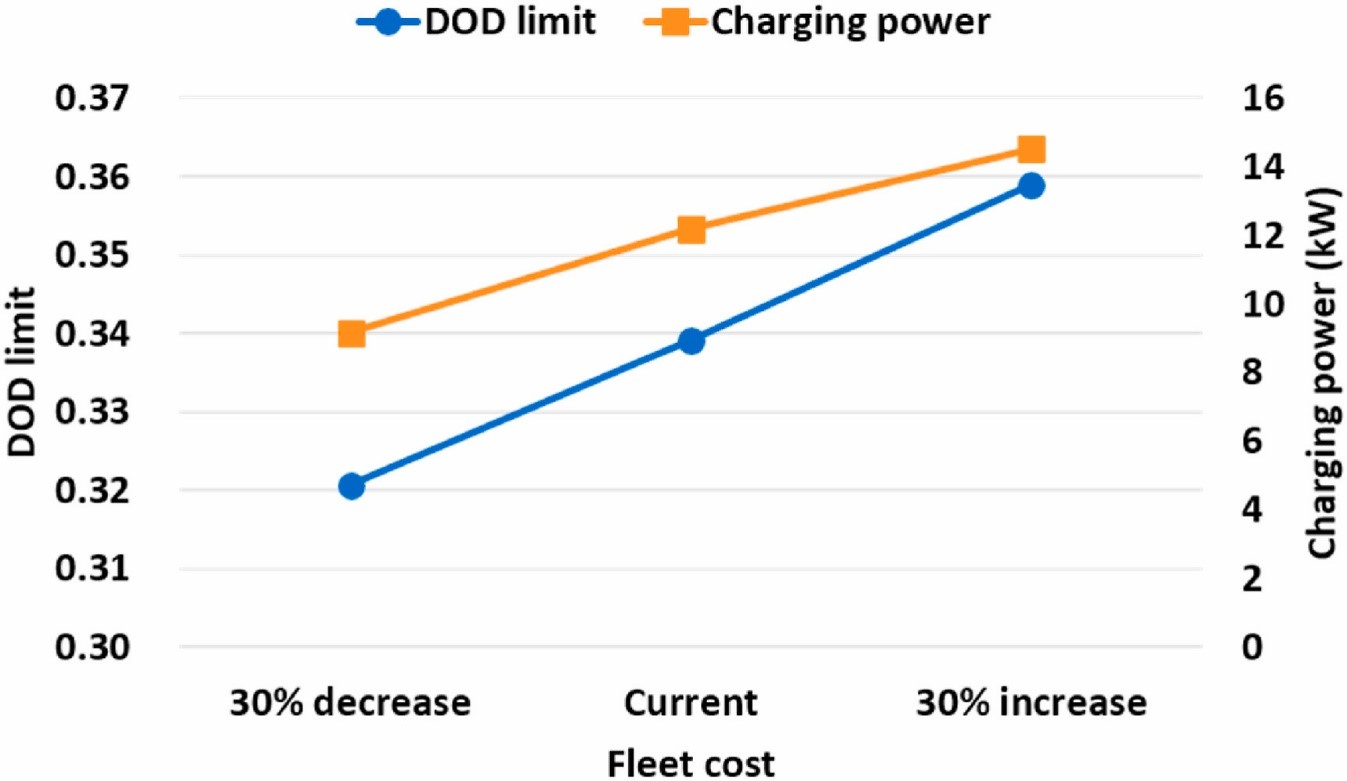
2. Cost and Environmental Benefits: Optimizing the SAEV design with battery degradation in mind not only reduced costs but also decreased both energy consumption and CO2 emissions. The scenario which utilized both the DOD limit and charging power as design variables demonstrated the most significant improvements in terms of the cost and environmental impact.
3. Parametric Studies: Further analyses showed that reducing customer waiting time constraints increased both the DOD limit and charging power, highlighting the trade-off between service efficiency and battery longevity. Additionally, decreasing fleet costs or battery degradation rates led to more optimal designs, emphasizing the importance of continuous advancements in battery technology.
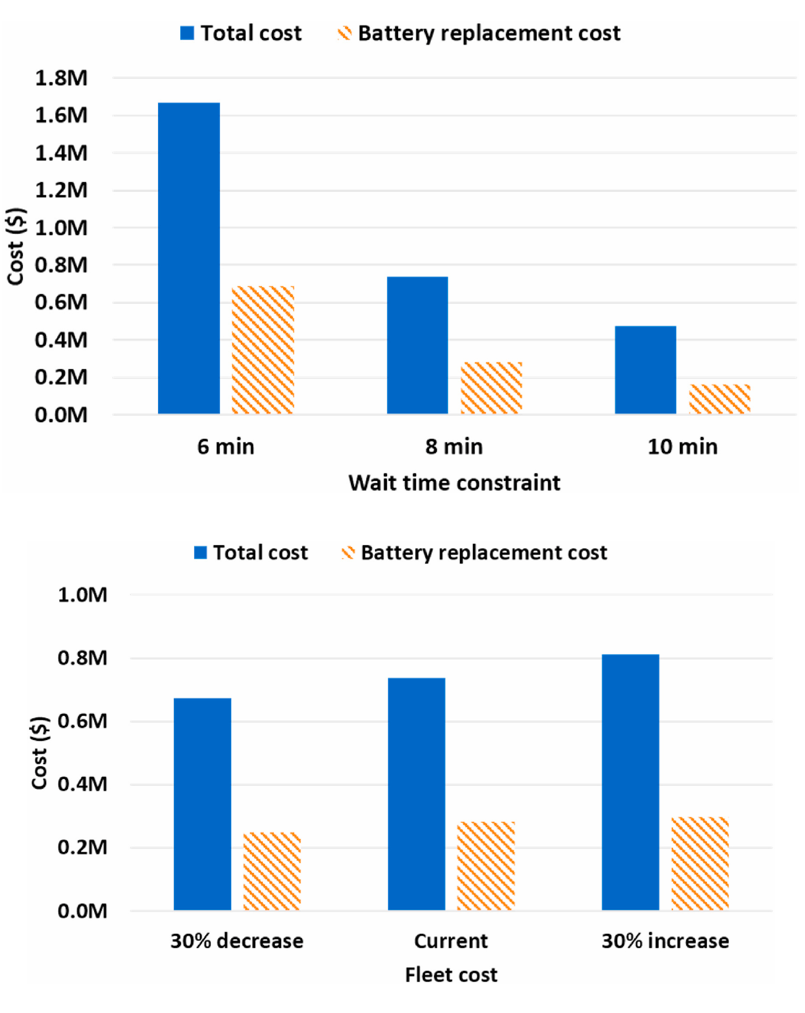
Conclusion
This groundbreaking research underscores the critical role of battery degradation in the design and optimization of SAEV systems. By incorporating dynamic degradation factors, the proposed framework offers a robust solution for enhancing the sustainability and efficiency of future transportation systems. As battery technology evolves, these insights will be invaluable in the drive toward the adoption of SAEVs, contributing to cleaner, more efficient urban mobility.
The paper titled “Shared Autonomous Electric Vehicle System Design and Optimization under Dynamic Battery Degradation Considering Varying Load Conditions” is co-authored by Professor Ungki Lee of Korea University Sejong Campus and Namwoo Kang and Yoon Koo Lee of the Cho Chun Shik Graduate School of Mobility at KAIST. It was published in the Journal of Cleaner Production (https://doi.org/10.1016/j.jclepro.2023.138795).
Most Popular

When and why do graph neural networks become powerful?
Read more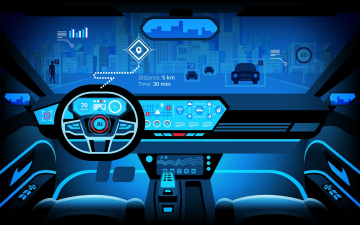
Smart Warnings: LLM-enabled personalized driver assistance
Read more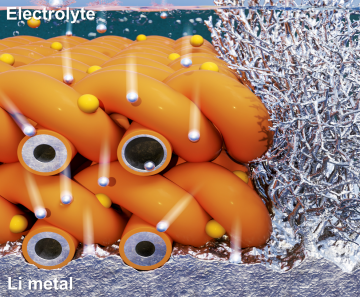
Extending the lifespan of next-generation lithium metal batteries with water
Read more
Professor Ki-Uk Kyung’s research team develops soft shape-morphing actuator capable of rapid 3D transformations
Read more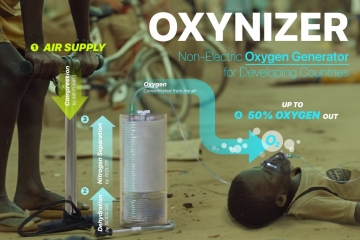
Oxynizer: Non-electric oxygen generator for developing countries
Read more